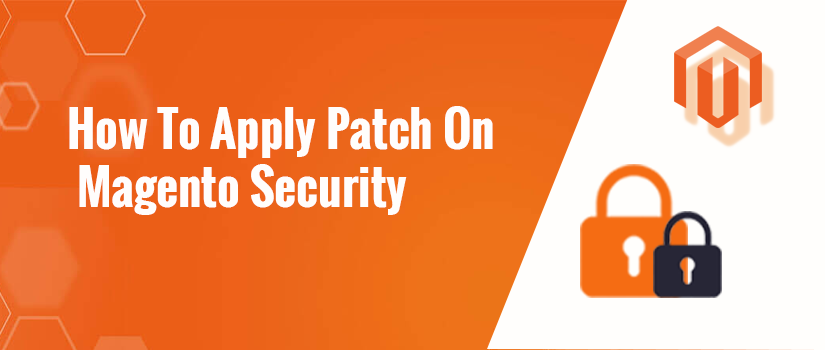How to apply patch on your Magento security?
When Magento finds the vulnerability in its system, then patches are introduced to secure the system. With the recent launch of patches in Magento on November 26th, 2014 and February 9th, 2015 it has become important to install it immediately as without it the Magento store system can get affected and your data information can be easily hacked.
80% of Magento store has not applied patches in spite of its release last year, for which they were venerable. But Magento had to send constant notification for installation of patches to secure Magento store.
Magento has introduced Check Point with a remote code to check venerability and report the issue immediately to Magento.
To understand the application of patches it is important to understand why it is required in the first place:
In order to resolve security issues which are uncovered, Magneto was specially designed altered core files known as Magento patches to secure Magento store. Although in the latest version of Magento there is no need to install patches.
But with an older version of Magento, it is important to have Magento patches to resolve security issues and vulnerabilities that have occurred over a period of time. Hire a dedicated Magento Developer for more clarity on the topic.
• Installing a patch on Magento:
Backup of the current website is a must before starting any work with patches, as sometimes things don’t work as planned and the data information might get affected.
After the backup has been set up, the installing of patches can be done in the following 7 ways:
1. Hire dedicated Magento developer who can suggest for the right kind of Magento patch best suited to your requirement. This can be done by adding the website URL to hhpt://www.magereport.com/scan/.
2. The correct version of patches can be downloaded from the following site can be downloaded from the following site: https://magento.com/tech-resources/download.
3. Go to the development area and prepare a fresh copy of your website. In case cPanel is being used, then this can be done through the “Transfer Tool” that is inbuilt so that the process doesn’t take much time.
4. Remove all external script from the head. phtml file and make a site with ‘No Index/No Follow instructions.
5. Make a note of the method that has been used to apply the patches and run the Shell script from the beginning of the hosting account while installing the patch.
6. Magento third-party integration will help you to test any third party extensions. The method is: Open the system > Config >Advanced > Advance, will show the enabled extensions. Now through the admin settings and the front-end functionality in a different tab, we can get to know about each Magento third-party API integration and extension separately.
7. After the patch process has been successfully installed, it is recommended to run through the whole process again to make a fresh copy of the site.
This should be done through an experienced Magento developer who will give you proper notes of the process of step 5, and explain everything well to avoid further confusion.

